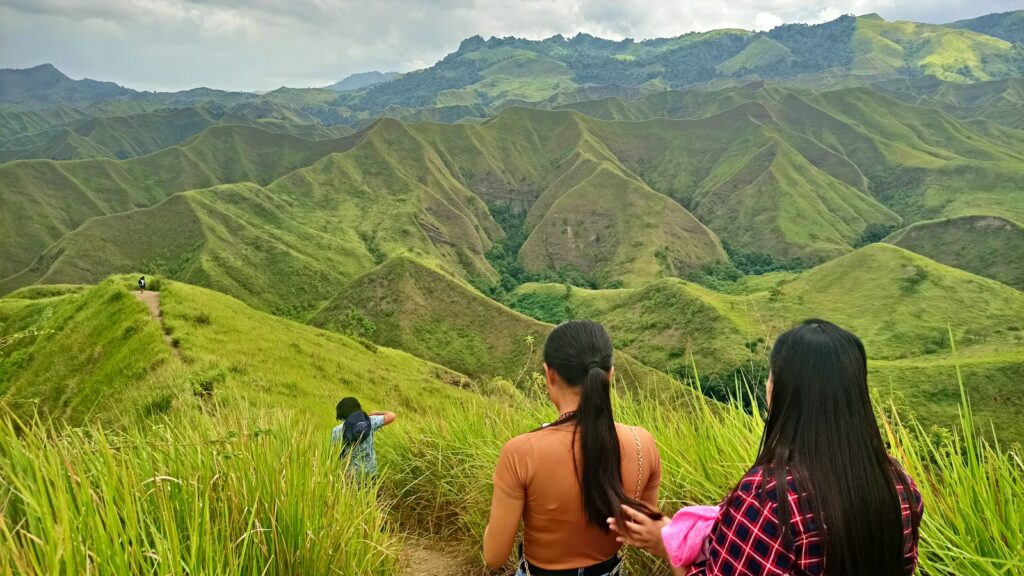
The warm and humid tropical regions of Southeast Asia has extensive tracts of forests, although it has not always been this way. But hike up into the mountains and amazing sights will greet the traveler, because once he or she moves up past the tree line, the world opens up as montane grasslands and their attendant flora reign supreme.
In elevated areas, the combination of high winds, low moisture, and cold temperatures limit the ability of trees to take hold. Instead, herbaceous plants (and especially grasses) abound, and this creates a striking departure from the dark and more humid natural environments that still hold sway lower down the mountains. This ability of grasses to survive in extreme cold environments and strong winds allows them to colonize habitats that are lethal to most trees.
Some of the grass species that exists in such areas include Miscanthus sinensis, Themeda triandra, and the ever present Imperata cylindrica. But the most striking inhabitant of these elevated areas is probably the dwarf bamboo Yushania niitakayamensis (subfamily Bambusoideae). Some of its common names are Niitakayama cane, Yushan cane, or Yushan Mountain cane, and it is a perennial, thornless bamboo whose native range includes subtropical locations in China, Taiwan, and the Philippines.
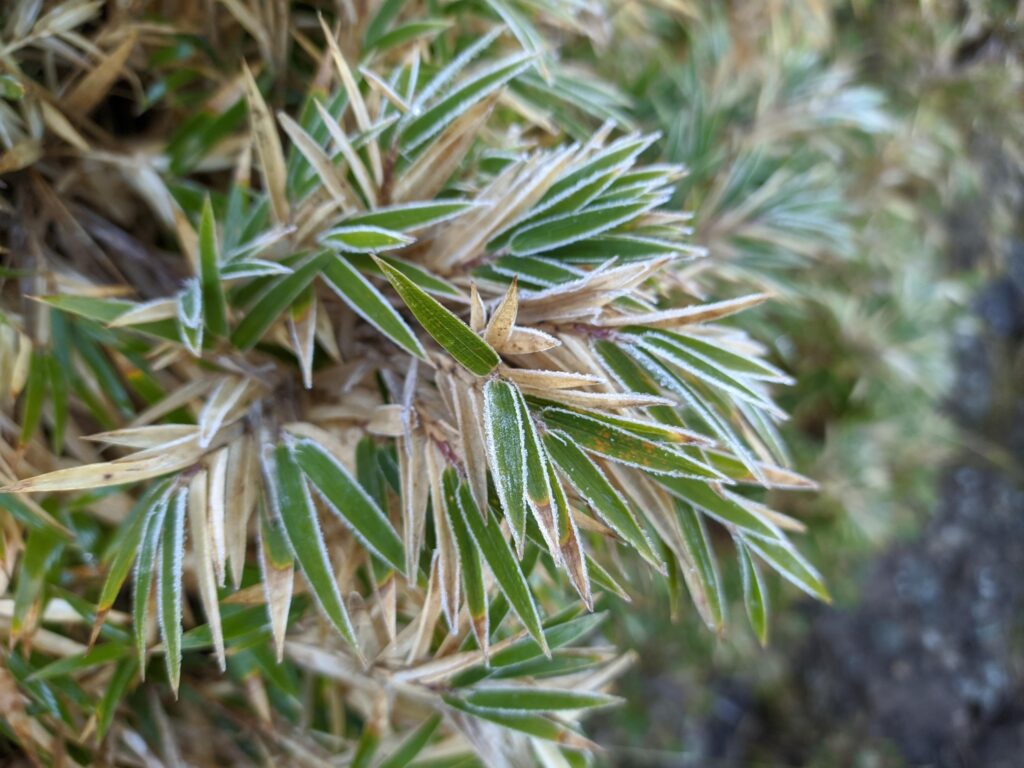
As an aside, the binomial of this species is interesting, because the genus is named by the biologist Keng after Yu Shan (or “Jade Mountain”) in Taiwan, where it is found. This mountain is also called Niitakayama in Japanese, and another biologist named Hayata derived the specific epithet from this second language. The members of the genus Yushania are particularly front tolerant, and grow at elevations up to 3000 m, so it’s no wonder that Y. niitakayamensis is an inhabitant of the higher mountains in the Philippines.
In Mount Pulag, the third highest peak in the country (and the tallest in the main island of Luzon), this bamboo species forms vast grasslands that cover the top of the mountain, creating a spectacular landscape that attracts hikers from around the world. This environment gets so cold, that sometimes ice crystals form on the leaves of the bamboo.
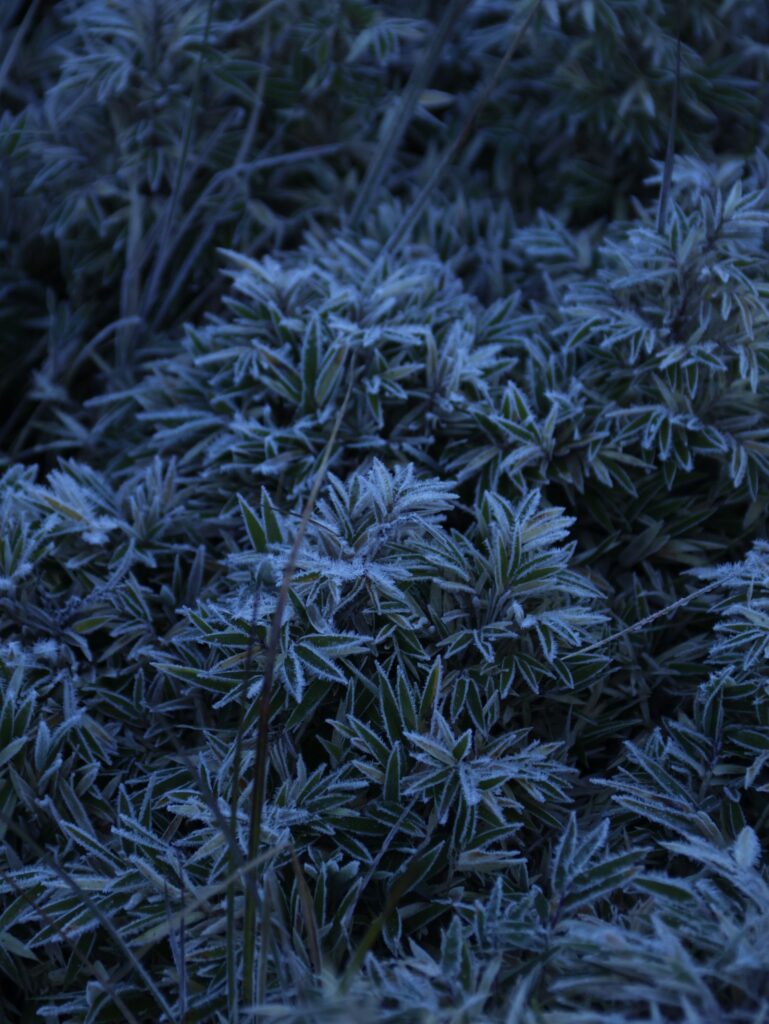
At lower elevations in mountainous and hilly regions, I. cylindrica is another prominent member of the Poaceae that luxuriates in the open environment. As in other tropical areas where cogon grass exists, there is a pronounced tendency of the local people to identify any grass with whitish fluffy flowerheads as this dominant species (even the much larger Saccharum spontaneum), and there is even a word for grasslands where cogon grass is dominant.
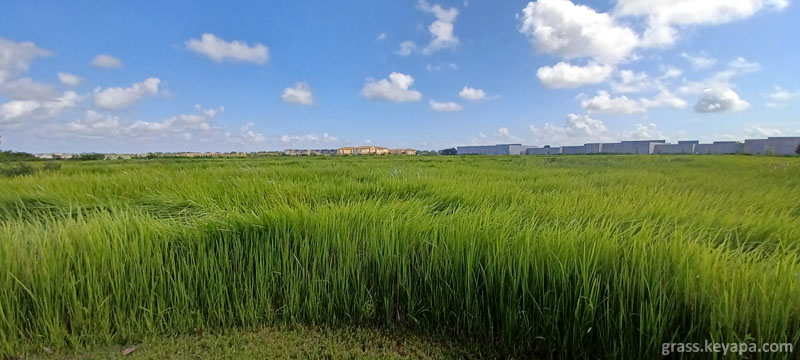
Such cogonales or so-called Imperata grasslands are usually condemned by the local people as unproductive land that was formerly forested areas, even though people use its leaves and roots for various endeavors, whether for thatching on roofs or medicinal products. This mindset is propagated by the local universities, and is mainly a holdover from colonial periods, as well as from various international groups that have tried (with limited success) to try to convert these “wastelands” into secondary forests.
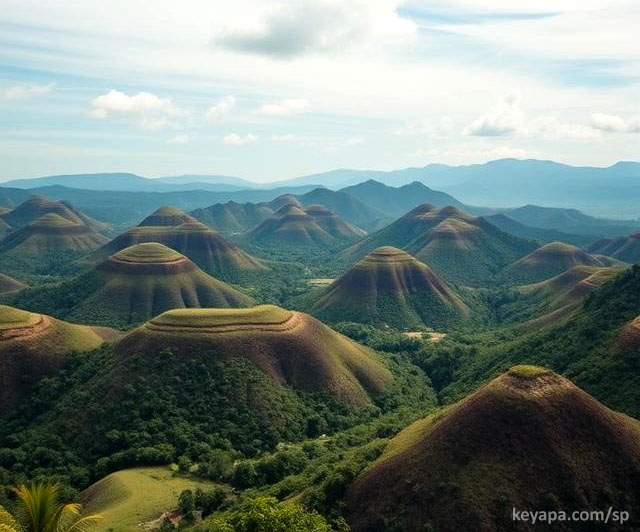
Cogon grass also features prominently in the tourism industry of the country. The world renowned Chocolate Hills in Bohol is a direct product of I. cylindrica. Almost 2000 small hills covering 50 square km dot the otherwise flat scenery, their tops covered with cogon grass and other assorted grasses. When the cogon grass turns chocolate brown during the dry season, the landscape looks like dollops of chocolate had been spread across the terrain. It is by all accounts an amazing sight, and has been proposed as a candidate for the UNESCO World Heritage list.
Other mountains in the country also feature expansive and beautiful montane grasslands, such as the Alicia Panoramic Park (also in Bohol), as well as the La Palmera Mountain Ridge in Mindanao. I have never personally been to any of them (although it’s likely I’ll visit sometime), but more and more, such spots are being discovered and appreciated by nature lovers and hikers, as can be seen in the attached youtube videos.
As a hiker myself, I applaud all such efforts to make these areas more hospitable to nature lovers. Perhaps an appreciation of such natural wonders can do its part in defeating the predominant local perspective that only forested areas are worthy of study and preservation.

Leave a Reply